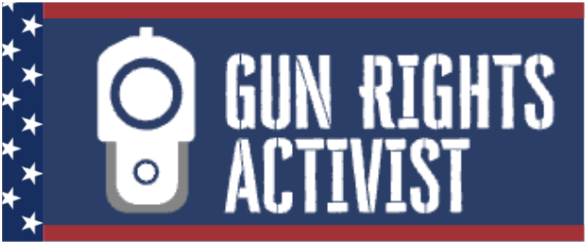Posted on Friday, September 5, 2025
|
by The Association of Mature American Citizens
|
0 Comments
|
On September 5, 1882, the very first Labor Day parade in the United States took place in New York City. Organized by the Central Labor Union (CLU), workers and their families assembled for a grand procession that signaled solidarity and pride among laborers.
On that crisp September morning, an estimated 10,000 to 25,000 participants—drawn from various trades across New York and New Jersey—marched from City Hall, passing through Union Square, and then continuing uptown. The parade concluded near what’s now Bryant Park (previously known as Reservoir Park). Spectators crowded roofs, lamp posts, and window ledges, eager to witness this historic display of working-class unity.
The march comprised three distinct divisions representing a broad array of labor trades—ranging from bricklayers and jewelers to cigarmakers—who converged on Broadway in a powerful public demonstration of collective strength and shared purpose.
Although some sources debate whether Peter J. McGuire or Matthew Maguire should receive credit for conceiving Labor Day, most agree that the parade itself was a triumph of organization and worker morale. McGuire, a labor leader, claimed to have proposed the holiday earlier in 1882, while Maguire, the CLU’s secretary, played a key role in arranging the parade details and promoting the event.
Though the first parade was originally intended as a one-time celebration, its success led to another parade in September 1883. By 1884, the CLU had officially declared the first Monday in September as a recurring holiday honoring wage workers—setting a precedent that eventually led to Labor Day becoming a federal holiday in 1894.
This inaugural parade was more than a festive occasion—it was a tangible expression of worker solidarity, advancing demands for fairer conditions, reasonable workdays, and recognition of laborers’ dignity. It catalyzed a national movement that continues to be commemorated each Labor Day with parades, picnics, and public acknowledgment of the contributions of American workers.
Read the full article here







Leave a Reply